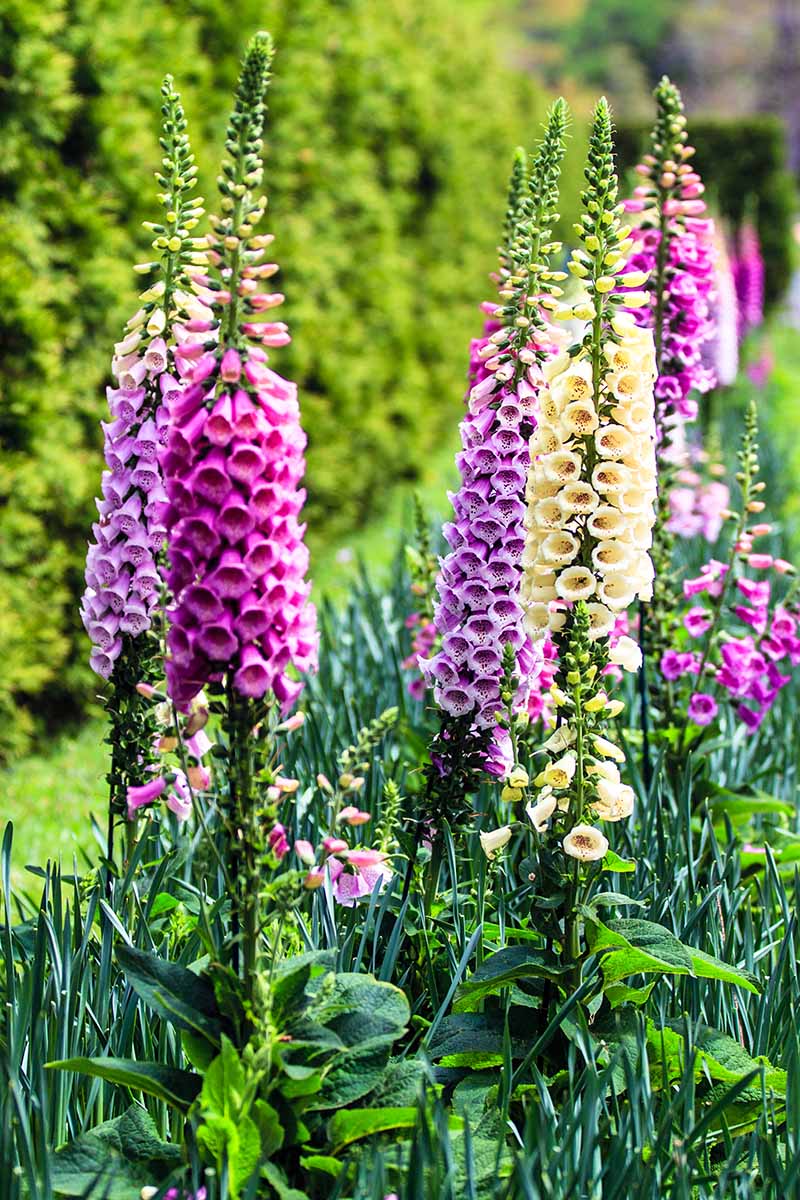How To Grow And Care For A Pansy Plant
Pansies are a delightful plant that can add a touch of color and beauty to any garden. These lovely flowers are easy to grow and care for, making them a perfect choice for both beginners and experienced gardeners alike. Plant Attributes When it comes to planting pansies, it's important to choose a location that receives plenty of sunlight. These plants thrive in full sun or partial shade, so it's best to find a spot that gets a good mix of both. Pansies prefer well-draining soil that is rich in organic matter, so be sure to amend your soil with plenty of compost or other organic materials prior to planting. Plant Care Once your pansies are in the ground, it's important to keep them watered and fertilized regularly. These plants prefer moist soil, so be sure to water them deeply once or twice a week, depending on your local weather conditions. Regular fertilization with a balanced fertilizer will help your pansies grow strong and healthy, and will encourage them to produce more blooms. Pruning One of the great things about pansies is that they don't require much pruning. However, if you want to encourage bushier growth and more blooms, you can pinch back the tips of the plants as they grow. This will help them produce more branches and ultimately more flowers. Propagation Pansies are easy to propagate using cuttings or by dividing the plants. To propagate by cuttings, simply take a stem cutting from a healthy plant, dip it in rooting hormone, and plant it in moist soil. To propagate by division, carefully dig up the plant and separate the roots into smaller sections, each with their own leaves and stems. Plant these sections in fresh soil and water them well. Potting & Repotting If you want to grow pansies in containers, be sure to use a good quality potting soil that is formulated for container gardening. Choose containers that are at least 8-10 inches deep and 12-14 inches wide, and be sure to plant your pansies at the same depth as they were in their previous container or garden bed. Repot your pansies every 2-3 years to give them fresh soil and plenty of room to grow. Common Pests & Plant Disease Like all plants, pansies are susceptible to a variety of pests and diseases. Some of the most common pests that can affect pansies include aphids, slugs, snails, and spider mites. To keep your plants healthy and pest-free, be sure to monitor them regularly and treat any problems promptly. Using organic or natural pest control methods is generally preferred, as these are less harmful to the environment and to beneficial insects like bees and ladybugs. Common Problems One of the most common problems that gardeners experience with pansies is root rot or other fungal diseases. To prevent these problems, be sure to plant your pansies in well-draining soil, and avoid over-watering. If you do notice signs of root rot or other fungal diseases, it's important to treat the problem promptly to prevent it from spreading to other plants in your garden. In conclusion, growing pansies is a fun and rewarding experience that can add beauty and color to any garden. By following these simple tips and caring for your plants properly, you can enjoy a full season of stunning blooms and healthy, happy plants. 


www.pinterest.com
www.pinterest.com
www.almanac.com




Post a Comment for "How To Grow And Care For A Pansy Plant"